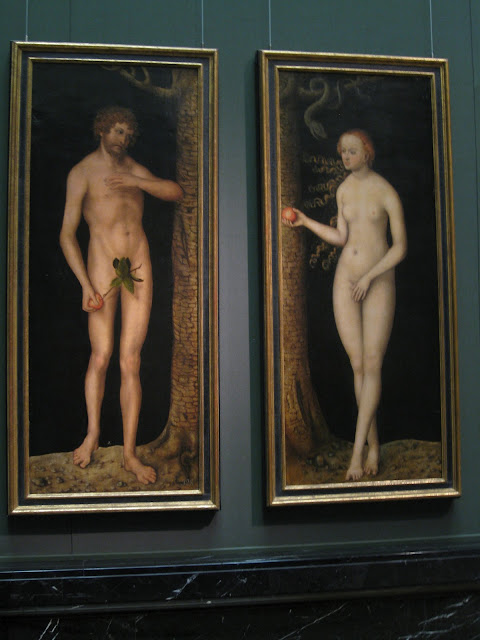"Hortobágy is not only part of Europe’s Great Plains region, the largest uninterrupted natural grassland in Europe, but also the place of herdsmen who have preserved a very ancient way of life. The outstanding landscape of Hortobágy, known as puszta, in eastern Hungary is a unique example of the harmonious coexistence of people and nature. Through the considerate use of the land, both the diversity of species and habitat have been preserved. Traditional Hungarian domestic animals (nonius horse, Hungarian grey cattle, racka sheep, water buffalo, mangalica pig), as well as herdsmen, shepherds and horsemen are a regular part of the landscape."
How cool does THAT sound? I found this description online, it was near Eger, and so I planned on a day to go see it. Now....remember, we're out here in Eastern Hungary (the most western of the steppes of Russia) in late February. I never realized that.....NOTHING happens in Winter. OOPS. As D and I agreed, "my run of creating magical travel moments didn't work out this time." If you click on
Hortobagy Nonprofit, you'll see what I hoped we would see and experience. This was a reminder that THOROUGH research is critical!! Regardless, pictures of what we saw.....
 |
| Hortobagy Park, a UNESCO World Heritage Site |
 |
| The famous 9 arch bridge of Hortobagy |
 |
| It's been a COLD winter. Hungary's second largest river, the Tizla, was frozen over. |
 |
| In the winter and spring, this part of Hungary along the path of migrating birds. These bird lookouts were all over the place. |
 |
| We came to see birds, horses.....any animal. These scraggly woolly guys are all we saw. |
 |
| A church? Nope, turns out this modern building is going to be a shopping mall. Even rural Hungary is modernizing....with some interesting architectural choices to boot. |
 |
| The old and the new. |
















































































